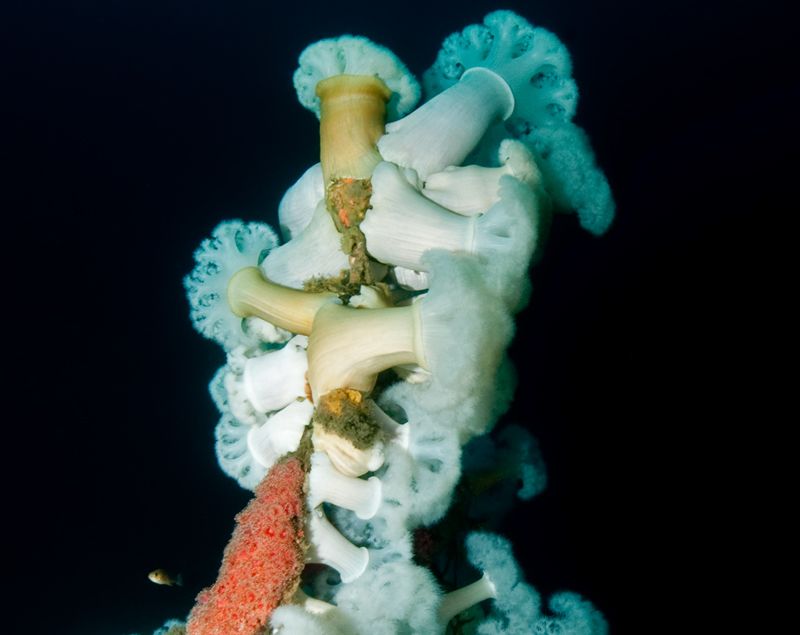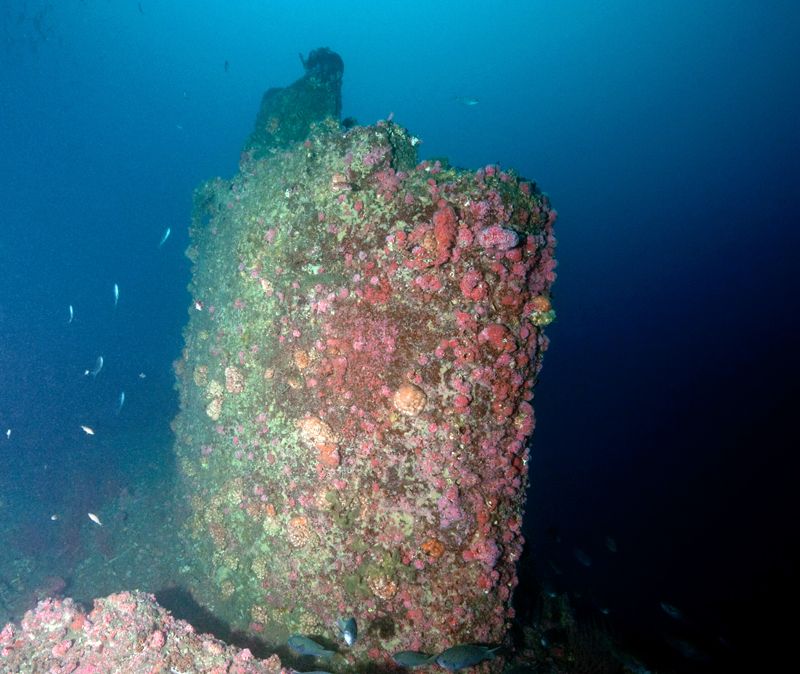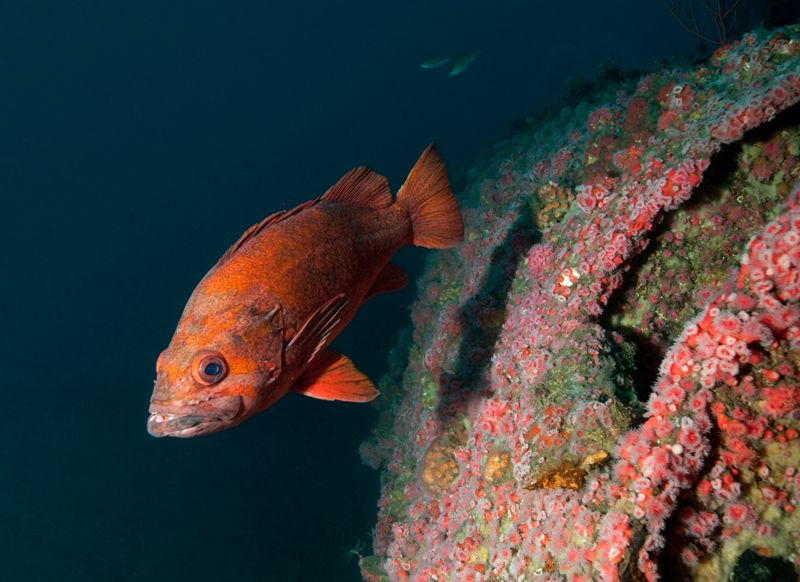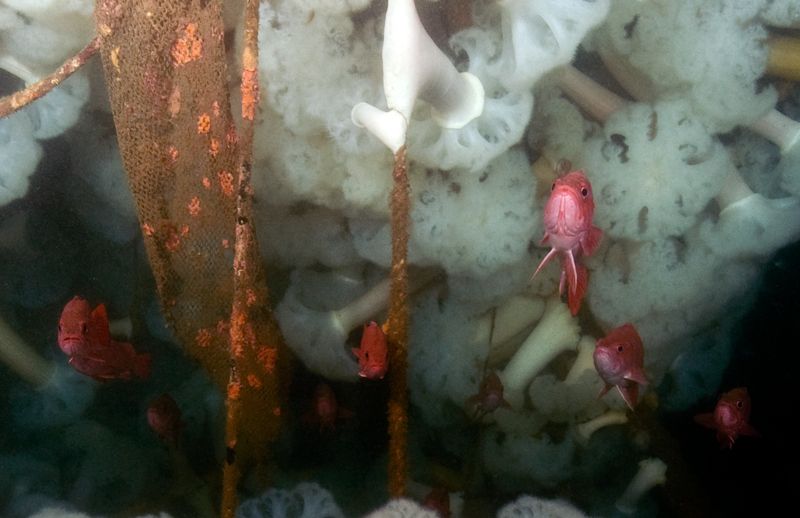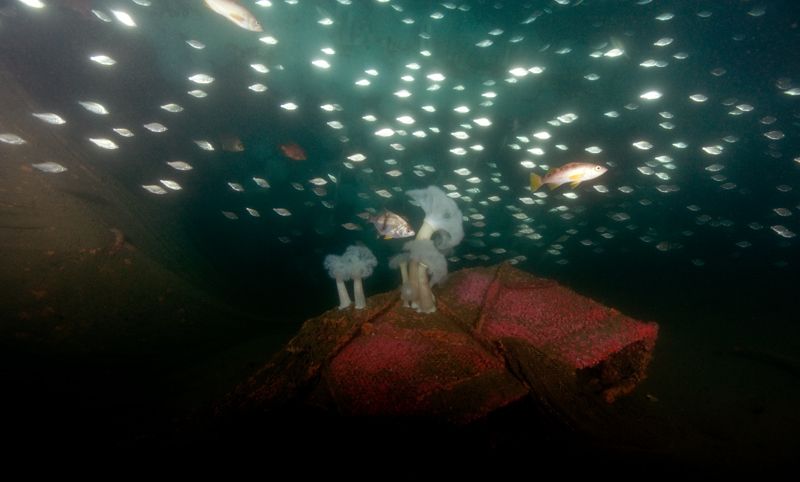How many of you do photography deeper than recreation depths? Thought about taking some tech diving courses but wasn't sure if
there is anything really deeper to take pictures of, besides the fact that I would need to replace most of my gear.
there is anything really deeper to take pictures of, besides the fact that I would need to replace most of my gear.



